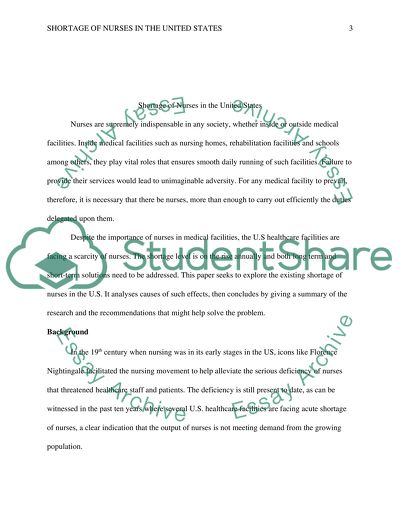Cite this document
(“Shortage of Nurses in the United States Research Paper”, n.d.)
Retrieved de https://studentshare.org/nursing/1392078-shortage-of-nurses-in-the-united-states
Retrieved de https://studentshare.org/nursing/1392078-shortage-of-nurses-in-the-united-states
(Shortage of Nurses in the United States Research Paper)
https://studentshare.org/nursing/1392078-shortage-of-nurses-in-the-united-states.
https://studentshare.org/nursing/1392078-shortage-of-nurses-in-the-united-states.
“Shortage of Nurses in the United States Research Paper”, n.d. https://studentshare.org/nursing/1392078-shortage-of-nurses-in-the-united-states.


